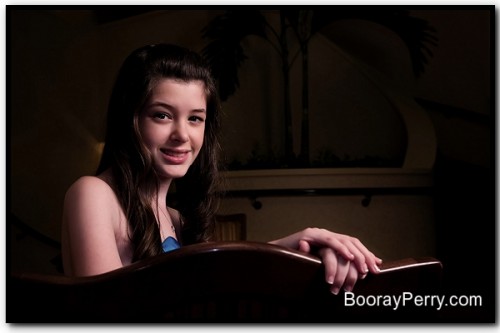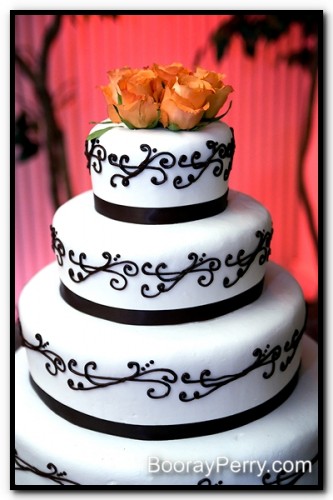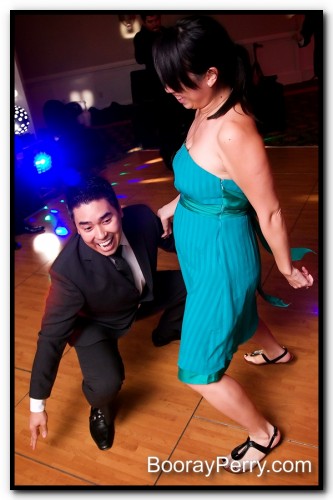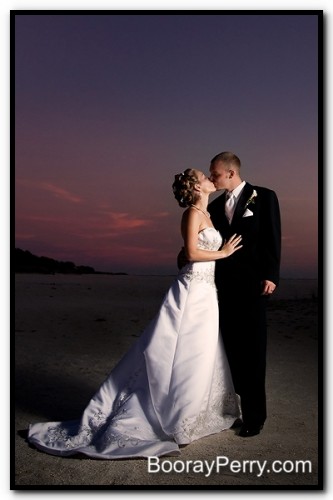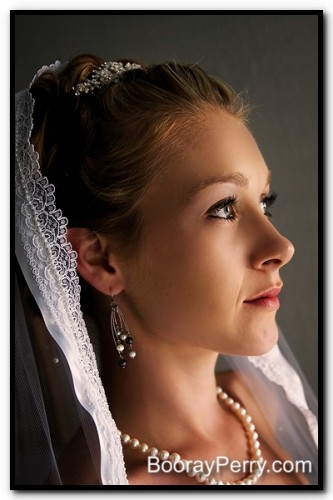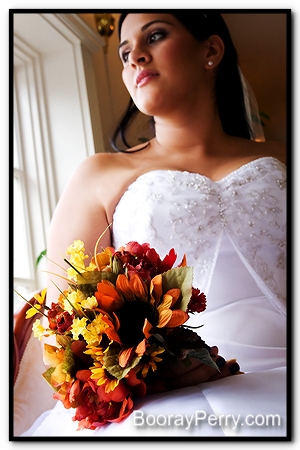What metering mode to use when photographing a wedding
Trying to decide which metering mode to use when photographing a wedding is a bit of a pain. It doesn’t help that there are four different modes to choose from, each with an icon that you need a Rosetta Stone to decipher. Last night I took some photographs that will hopefully shed a little light on the modes I use most: Evaluative (Matrix) and Center Weighted Average.
Evaluative meter mode is the most sophisticated meter mode in the camera. The meter reads the entire scene and then, get this, tries to figure out what you’re taking a picture of. The software has thousands of sample readings from different scenarios in its memory. It compares the readings from your image against the database. So, if the software “sees” all dark on the bottom and all light on the top it thinks, “Must be a landscape!” and alters the exposure a little. Dark in the middle and light all around the outside “Portrait!” Adjust, adjust, adjust …
Here’s another cool thing about Evaluative metering: It’s the only mode that takes into account what the camera is actually focusing on. The meter reads the entire scene but pays special attention to the focus points when determining exposure. This is way cool. If you are taking a portrait and you put the focusing point on the subjects face, the camera will give added consideration to the face when determining exposure. Perfect!
